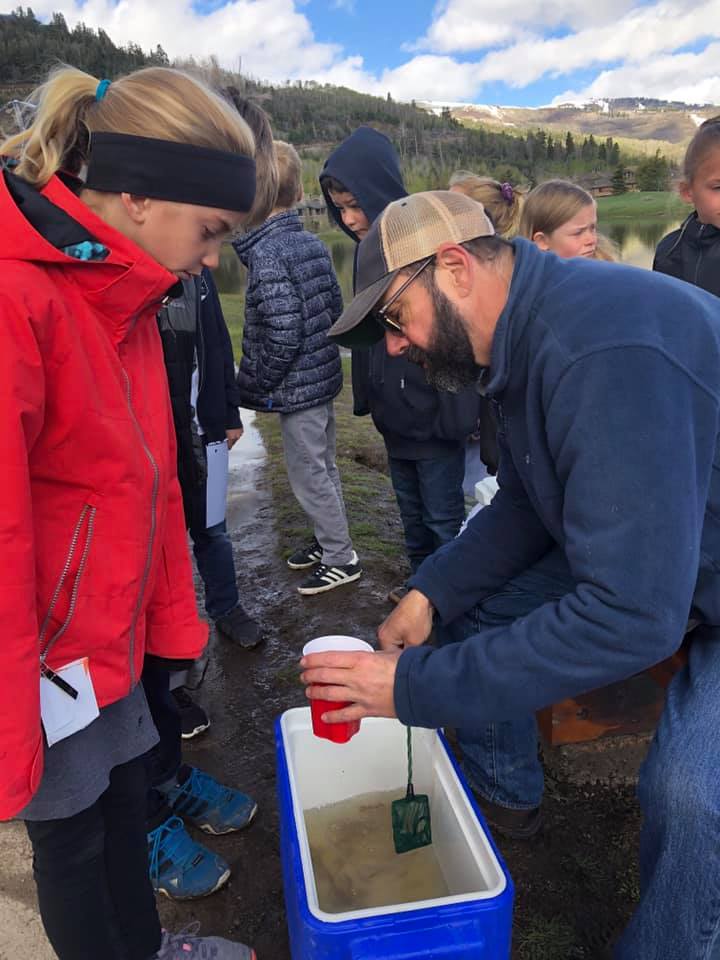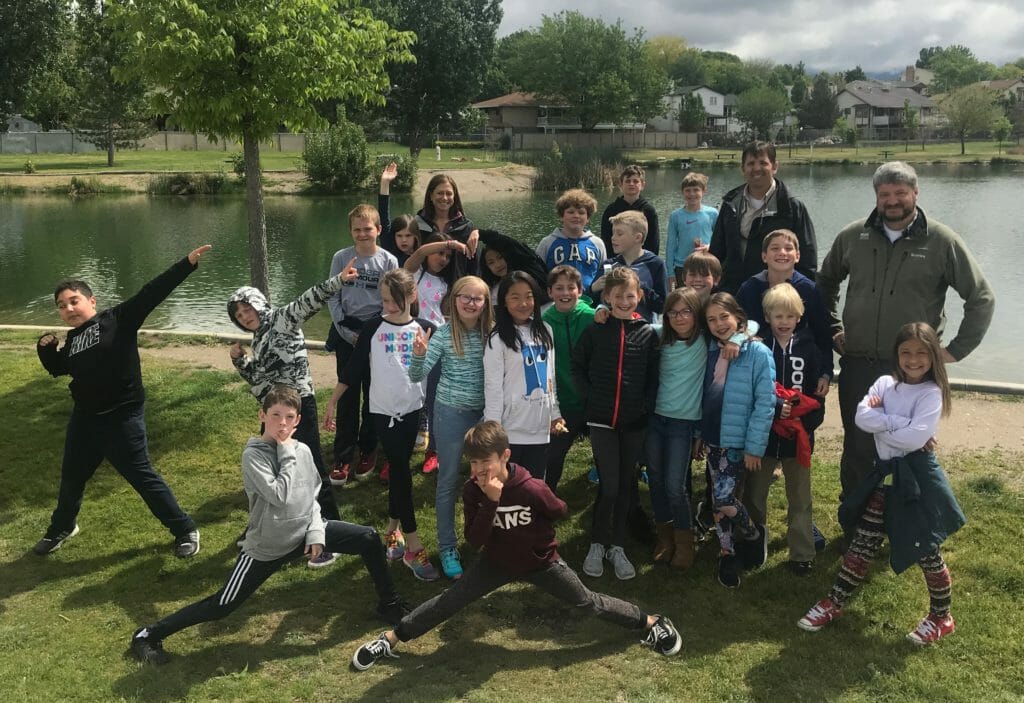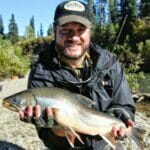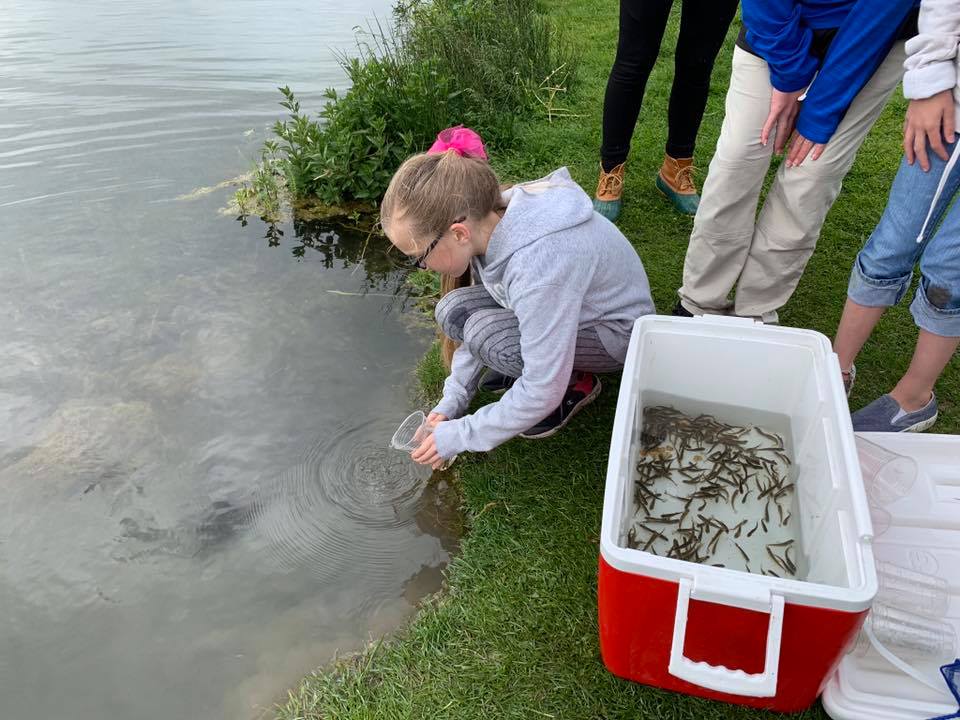The volunteers, partners and staff of Trout Unlimited believe in a future where native fish swim in cold, clean headwaters. This vision benefits fish, of course, but it also provides a vital resource for every living thing that depends on water. Which, last time I checked, is every living thing.
While the benefits of what TU does with on-the-ground projects and at statehouses across the country can, and do, have an immediate impact on protecting our country’s resources, the greatest benefactors will be future generations.
Our goal is to make things better than they are now so the children of today, and those born in the decades to come, will know the wonder of wild places, the thrill of watching migrating salmon and the joy of helping someone catch their first fish, among other things.
The importance of the TU mission is always on my mind, but each spring the significance of our goal is driven home when I head to local waters with elementary students to release trout they raised in their classroom.
Most people familiar with TU know about the conservation work we do on landscapes across the country to restore and protect habitat. A fair number know TU works with government officials on local, state and federal levels to form land and wildlife management policies and address environmental issues.
Fewer still are aware of our determined efforts to connect youth with the outdoors on a personal, recreational, and environmental level. The Headwaters Youth Program provides programs for students from kindergarten to college to help them discover, enjoy and learn how to help protect nature.

I help coordinate Trout Unlimited’s Trout in the Classroom program in my home state of Utah. Each January I gather with other TU volunteers at the Utah Division of Wildlife Resources offices to pick up trout eggs. We then head off to schools in our communities and are quickly mobbed by students when we arrive with the eggs. The eggs are placed in a specially prepared aquarium that will become home to the hatched trout for the next four months.
Volunteers stick around after the delivery and are often joined by state fisheries biologists to talk about what the students can expect during their time with the trout and to answer questions. Volunteers handle tank maintenance and teachers use curriculum provided by Trout Unlimited to educate students about the life cycle of wild trout and the challenges the fish face – natural and human-caused.

Near the end of the school year classes schedule a field trip to a state-designated fishery for the release.
The class I volunteer with in Salt Lake City released their fish this week. I have always found the naming of the fish and the farewells at the release touching, but this year I picked up on something else.
As I watched the students gather to watch the release I realized Trout in the Classroom had bonded these students in a way that may not have happened without the program.
“We did it,” one of the students yelled in celebration after all the trout swam out of the cooler and into the pond.
They did do it. Sure, they lost plenty of fish along the way – that’s part of learning how nature works. They checked the water temperature and quality daily and worried about the fish over long holiday weekends. These were their fish and they celebrated this success as a team.
There’s a lesson there for Trout Unlimited. One I feel our organization already understands.
Together “we” can do it too.
Brett Prettyman is the Intermountain Communications Director for Trout Unlimited. He is based out of Salt Lake City and is currently making plans to help get a straggler left behind in the classroom when the trout were taken for release to the pond so it can join its buddies.



